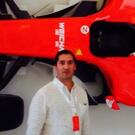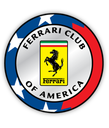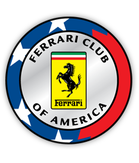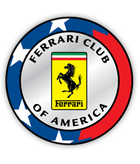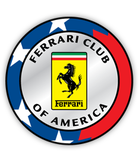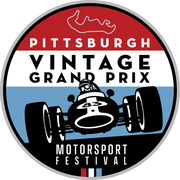Ferrari
Fun Facts: Enzo Ferrari built street cars to support his Scuderia Ferrari racing team. It's paid off. In Formula 1 they have over 29% of the constructors championships since 1929. They hold the title for the most Constructor Championships at 16. 15 Driver Championships, participated in over 875 races and won 221 of them and been on the podium over 678 times as to May 2014.

